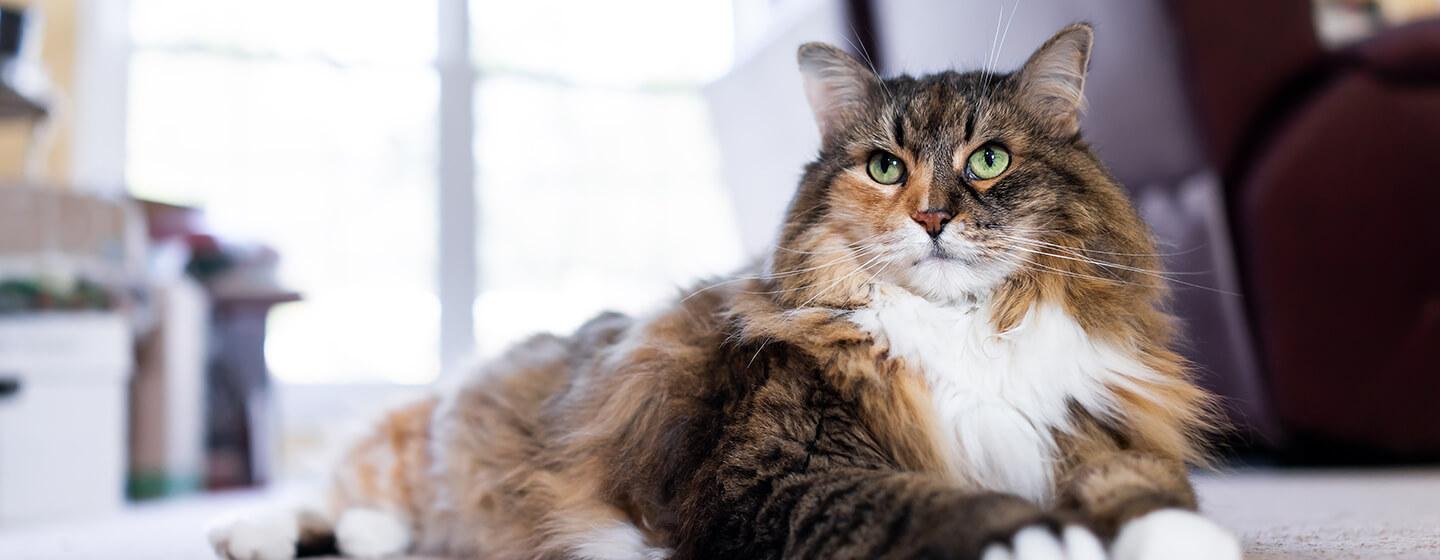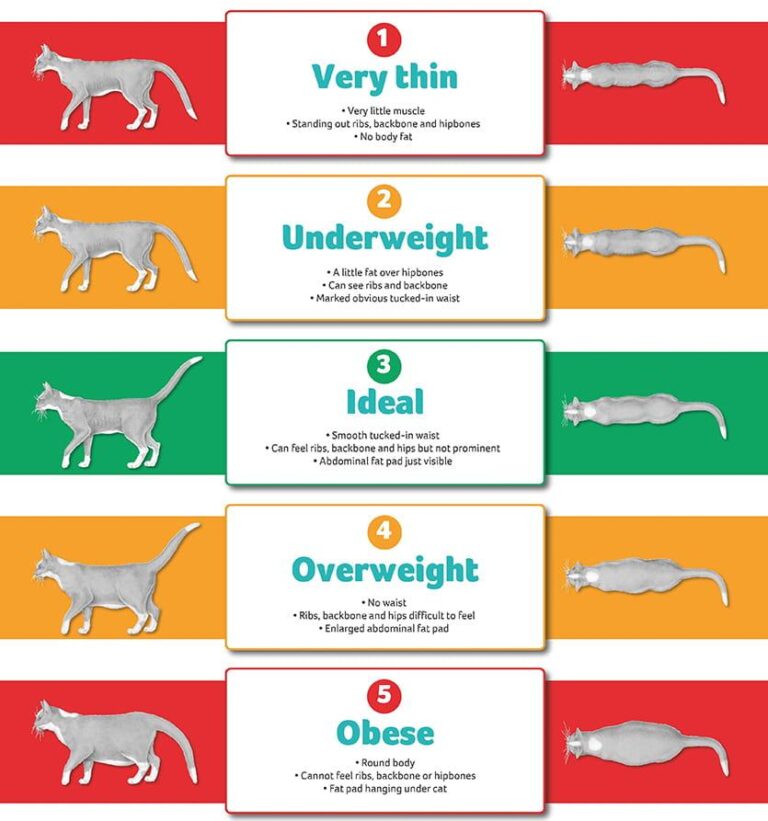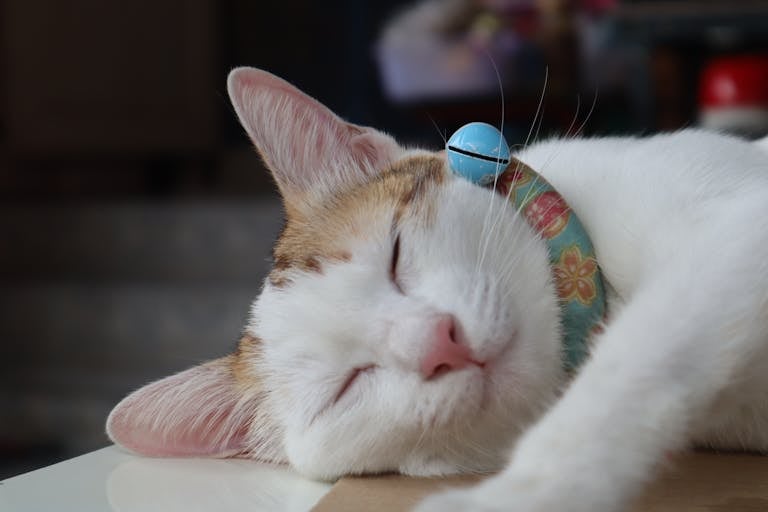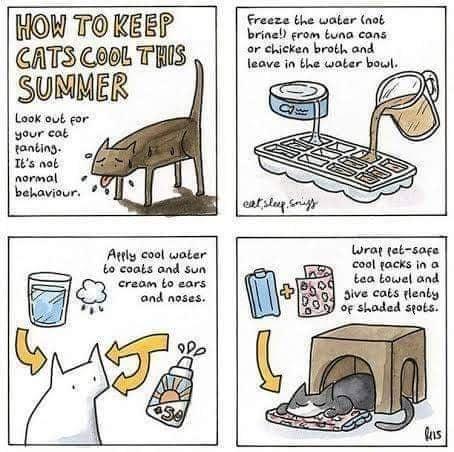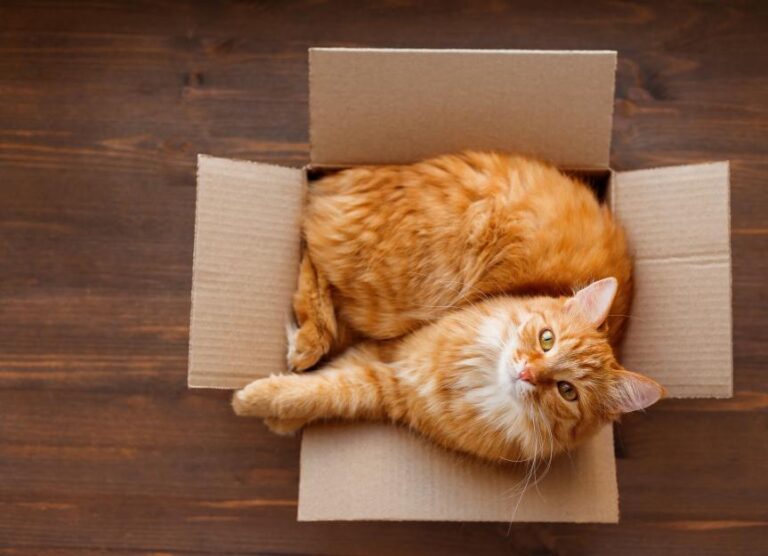10 Fun Facts About Cats You Didn’t Know
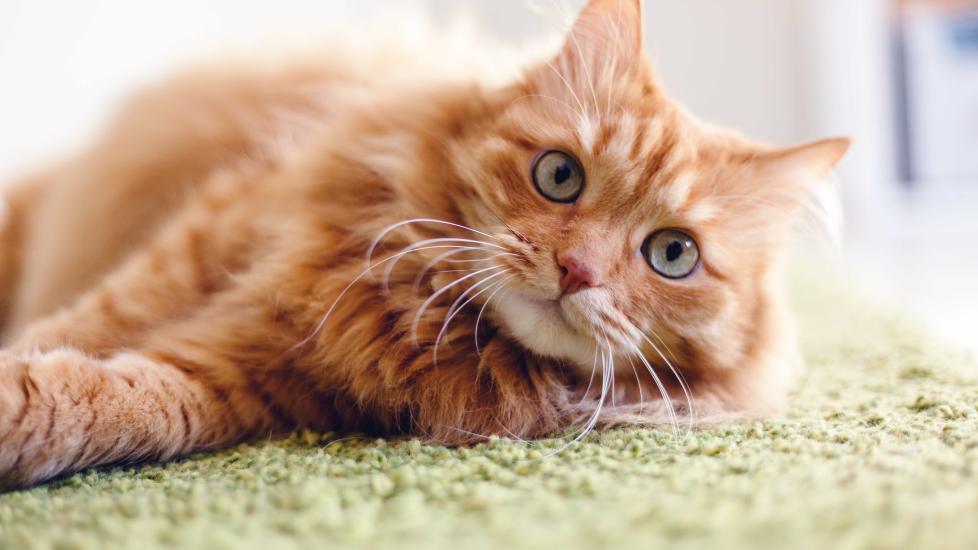
10 Fun Facts About Cats You Didn’t Know
Hey there, fellow cat lover! If you’re anything like me, you probably find yourself marveling at your feline friend’s quirky antics and mysterious charm every single day. Cats are endlessly fascinating creatures, and trust me, the more you learn, the more you realize just how little you truly know about them. Whether you’re a seasoned cat parent or just here because you love anything furry and adorable, today’s dive into some lesser-known facts about cats is going to add even more magic to your relationship with your whiskered buddy. So grab a comfy seat (bonus points if your cat is napping on your keyboard) and let’s celebrate those amazing little creatures with some fun tidbits you probably didn’t know!
What Makes Cats Such Curious Companions?
Before we jump into the cool facts, it’s worth taking a moment to understand what makes cats such captivating companions. Unlike dogs, cats have kept a bit of that wild streak, which is part of their allure. These creatures balance independence with affection in a way that feels almost magical. Their mysterious nature makes every little discovery about them feel like uncovering a secret code. And because they’re such intuitive creatures, learning more about them can genuinely improve how we care for them and bond more deeply.
10 Fun Facts About Cats That’ll Surprise You
1. Cats Can “Talk” with Their Eyes
- Slow blinking: When your cat looks at you and slowly blinks, that’s basically a kitty kiss. They use this subtle gesture to show trust and affection.
- Eye shape matters: Ever noticed your cat’s pupils change size? It’s their way of communicating their mood — tiny pupils can mean excitement or focus, while big, round pupils often suggest fear or playfulness.
2. Whiskers Are More Than Just Facial Hair
Those elegant, twitchy whiskers are like built-in sensors. They help cats navigate tight spaces and measure if they can squeeze through an opening.
Fun fact: If you clip or trim a cat’s whiskers (don’t!), it’s super disorienting for them because they rely on those whiskers for spatial awareness.
3. Cats Have a Built-in “Radar” for Hunting
Even if your cat is lounging on the couch like a furry loaf, their brain is wired to react super quickly to movements. Their ears and eyes can detect tiny shifts, making them incredible hunters — even when it’s just a stray mosquito.
4. “Kneading” Is Their Version of a Hug
When your cat presses their paws rhythmically into your lap or blanket, that’s called kneading. It’s a comforting instinct leftover from kittenhood when they pressed their mama’s belly to stimulate milk flow.
5. Cats Have “Hunting Zones” Inside Your Home
Believe it or not, cats mentally divide your home into “territory” zones they patrol regularly. This is why one day they might camp out on the windowsill and the next, guard behind the couch. It’s all about safety and controlling their environment.
6. Cats Can Remember Things Longer Than You Think
While the myth that cats have short memories isn’t true, they actually have long-lasting spatial memory. This means they remember places where they had a good meal or where something scary happened — they learn from experience and adapt quickly.
7. Your Cat’s Purr Has Healing Powers
Research shows purring isn’t just about contentment — the vibrations from a cat’s purr may actually promote healing and reduce pain. It’s one of the reasons cats tend to bounce back quickly from injuries.
8. Cats Sweat Through Their Paws
Unlike humans, cats don’t sweat all over their bodies. Instead, they sweat through pads on their paws. So if you see nose prints on a window or damp paw pads on a hot day, it’s their body’s way of cooling down.
9. They Can “Taste” Smells
Cats have a nifty organ called the Jacobson’s organ on the roof of their mouth that lets them “taste” scents in the air. This is why you might see your cat open their mouth wide when sniffing something intense — it’s called the Flehmen response, and it helps them pick up chemical signals.
10. Cats Are Natural Athletes
Their spinal flexibility and powerful muscles let them jump up to six times their body length in one leap. Watching a cat spring into action is like witnessing a mini olympian in fur.
Tips to Keep Your Cat Happy & Healthy
Make Time for Play That Mimics Hunting
- Use toys like feather wands or laser pointers to engage their natural instincts.
- Interactive toys keep their mind sharp and burning energy.
Respect Their Personal Space
Unlike dogs, cats value having a safe zone. Create cozy spots around the house where they can retreat and relax when they want some alone time.
Maintain Regular Grooming
Even if your cat grooms itself, brushing helps reduce hairballs and strengthens your bond. Use gentle brushes suited to your cat’s fur type—especially if it’s long or thick.
Mistakes to Dodge When Caring for Your Cat
- Don’t overfeed: Cats can be prone to obesity, so stick to portion recommendations and avoid too many treats.
- Avoid toxic plants: Lilies, poinsettias, and some other plants can be dangerous for cats. Always double-check before bringing greenery into your home.
- Don’t neglect dental health: Cats can suffer from dental issues, so regular vet check-ups and teeth brushing (yes, it’s possible!) are a must.
- Skip harsh chemicals: Use pet-safe cleaning products and flea treatments to keep their environment safe.
Helpful Tools for Every Cat Parent
If you’re on the lookout for products that make cat care easier and more enjoyable, here’s one I wholeheartedly recommend:
ComfyCat Interactive Feather Wand — This toy keeps cats entertained and lets them fulfill their hunting dreams without harm, great for indoor cats who need stimulation.
Bonus: Frequently Asked Questions About Cats
Why does my cat knead me sometimes with its paws?
That kneading behavior is a sign of comfort and affection. It comes from kitten days when they’d knead their mom’s belly to help with milk flow. If your cat is kneading you, consider it a compliment and trust signal.
How can I tell if my cat is happy?
Happy cats usually show relaxed body language — think slow blinking, purring, soft tail swishes, and playful behavior. Each cat is unique, so getting to know your kitty’s “happy signals” takes time but is so rewarding.
Is it normal for cats to be aloof sometimes?
Absolutely! Cats are naturally independent, and sometimes they need space. Being aloof isn’t usually a sign of illness; often, it just means they’re recharging or observing from afar.
Wrapping It Up
Cats are endlessly fascinating, don’t you think? From their subtle eye talks to their impressive athleticism, these fun facts just scratch the surface of what makes our feline friends so special. Understanding these quirks and behaviors not only helps us appreciate them more but also creates a stronger, happier bond. Remember—your cat’s unique personality is a gift, and the more you know about their natural world, the more fulfilling your life together will be. So give your kitty an extra slow blink today, maybe a gentle knead, and bask in all the wonderful mysteries your fluffy companion brings to your life!

